|
Day 13 at the current PDC, Daniel McGough is journalling the experience... DAY 13 A morning shower under the apple tree and off to the kitchen to prepare breakfast for this temporary tribe for the third last time. Soon we will be only a few, from 30 down to 14, as the second internship at Ridgedale gets underway and the intensive trainings begin, starting with Holistic Management on Wednesday. We enjoyed a twist to Swedish porridge with the addition of Yohanna‘s sprouted buckwheat, scattered with soaked sesame seeds and raisens. You come to Ridgedale Permaculture, you’ll get fed well that is for sure. Straight into some quick discussions about design elements and then where into class for Natural Building. “Who’s been doing some natural building?” About six hands go up. Cool, we have some keen builders in our new family. “What sort of materials have you been using?” “Cob.” “Cordwood.” (which is a wonderful skill and a most beautiful end product) “Straw bale.” “Bamboo & plastic.” “Plastic??” Richard says “No, plaster!” When the laughing dies back the discussion spurs on the story of plastic waste & Richart Sowa who built Spiral Island out of 250000 plastic soda bottles in onion sacks and “parked it in the middle of a million dollar harbour but he dredged a way for them to get out of their boats, so they kind of appreciated it so they let him stay.” Richart used the sand to pile on the surface, plated trees and built a compost toilet on his man made land. A clip from way back in 2007 can be seen here: https://www.youtube.com/watch?v=NOqEyZfgh00 “I was going to visit him a couple of years ago but last I heard was he was going to build another one of these and sail it across the Atlantic… which may not be the best idea on one of these.” I can tell from the laughter that the class concur. It has me thinking about utilising some of the bottles that come into our community to build a floating island in the dam. We have looked at John Todds amazing water restoration using Restorers and other simple floating platforms for allowing higher water plants to do their work. We would have to be very careful to make sure no degradation occurred that might comprise the water, but a pretty cool way to re-use the embedded energy to make something very functional. It would help stop evaporation to some degree perhaps. 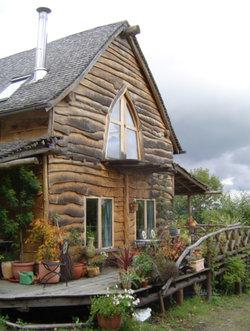 Richard has experience with various building materials to construct modules all over the world. A straw bale conversion of a barn, reciprocal roof structures, micro- homes, ferro-cement and a beautiful small wooden house using hand cut trees from the site. “Most conventional lifestyles where I come from look like working for the rest of your life to pay of a house that’s poorly designed energy wise and built with materials that often make you sick. I’m into local, on site & super low cost stuff.” We see Richard’s friend Simon Dale who built a Hobbit House (http://www.simondale.net/hobbit.htm) who also pioneered the LAMMAS project and helped to affect massive change in building policy as a result. There Chapter 7, a team who help fight for building rights through to the European courts, “There advice is just get on with it and build relationships with your neighbours. I know a bunch of people built first and applied for permission later, but they do it respectfully and are often embedded in their communities. People need to be able to make their own decisions.” As we discuss planning, building permits and regulations, Richard remarks “most city designers and town planners don’t have a holistic context to make decisions via”, and by gosh he’s right. I’m reminded of Ian McHarg’s comments, “the task [of design] was given to those who, by instinct and training, were especially suited to gouge and scar landscape and city without remorse—the engineers.” McHarg's quote came from Design With Nature, in which he laid forth the argument that form must follow more than just function; it must also respect the natural environment in which it is placed. "[The engineer's] competence is not the design of highways," McHarg explained, "merely of the structures that compose them—but only after they have been designed by persons more knowing of man and the land." And this guy had the cred to make such remarks! Now I don’t mean to antagonize any engineers or town planners out there, many of my friends are brilliant civil designers. However, like the stolen generation in Australia, one can see the effect a poorly judged paradigm can have on an entire landscape. In that particular case, it was an entire generation of people. We talk about catching and storing wind and solar energies and discussed 12V for small off grid homes . Richard advises to “put your money in your batteries because their the things that keep you powered.” We see a wagon he built with many functional features to run as an off grid micro- home. It even had a sauna! Given the structure we are all sitting in, it was inevitable that we would get to Ger’s. Anything you want to know about Yurt’s, Ger’s, and geodesic domes is covered by the awesome site www.simplydifferently.org which has full details and step by step guides and calculators to help you be successful. Richard takes us through the process of building a yurt and some of the terminology like a Tono (or crown) and steam bending in order to bend the Tono and build a very, very strong, super light roof centre piece to hold your yurt together. The roofing material is rot, fire and water proof 12Oz canvas and ordered from Glasgow. Not that I am planning on building a Ger in the coming 12 months, but if I ever do now I know how. In fact I’m actually pretty keen for one now. “We’re so used to squares and edges and straight things, but to live in a circle, you use space very differently, Living in a circle influences your brain I found...” Low pitch reciprocal rooves with a low pitch that sends the load bearing area to the centre is discussed and the benefits of becoming proficient at some handy tools like shaving horse becomes very apparent. So many things we can do for ourself, skills we can acquire by having a go. Ben Law, who you may have seen on Grand Designs, builds charming, not to mention super robust round-wood timber framing structures and also did some building for the Permaculture Magazine HQ in the U.K. Among all his time being a woodsman, Ben also trains apprentices and runs courses on sustainable woodland management, eco-building and Permaculture design. Awesome Human! We look at the local vernaculars from around the world, from adobe cities made with tiny bricks to compressed cardboard bale houses. We look at different materials and their properties and discuss the process of building with them. "Foundations and rooves are elements people often skimp on, they're the most important bits!" Next we look at how to make natural paints using glutenous flour, milk protein, clays and oxides. The possibilities and colours are infinite. We look at Lime and other mud based plasters, looking at some marvelous examples from the expert Japanese plasters and other works from around the world. Whats remarkable is that these methodologies are so easy, usually so cheap and easy to modify and repair yourself. 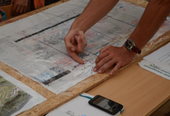 The rest of the day is filled with design work, groups working on an urban retrofit in Belgium, a farm design in Australia, two groups approaching the same property in Sweden; a new acquisition with the goal of establishing a healthy land based B & B to service a busy tourist route in the north. The yurts are a hive of concentrated activity, exciting times as we draw close to the end of this extraordinary time together.
2 Comments
29/3/2024 10:18:48 am
Nice and I think this one of the best blog I have ever read in my life. You guys also try this and kepp posting these type of content.
Reply
Leave a Reply. |
Details
Like us on FB Below for regular updatesStay up to date with customized updates you want to receive
Upcoming coursesArchives
December 2016
Categories
All
|
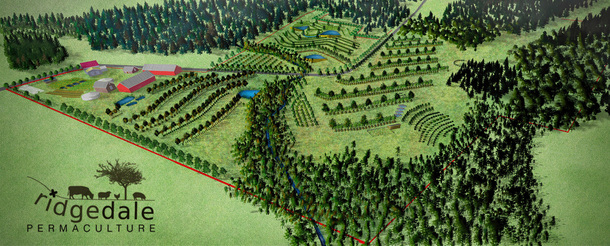
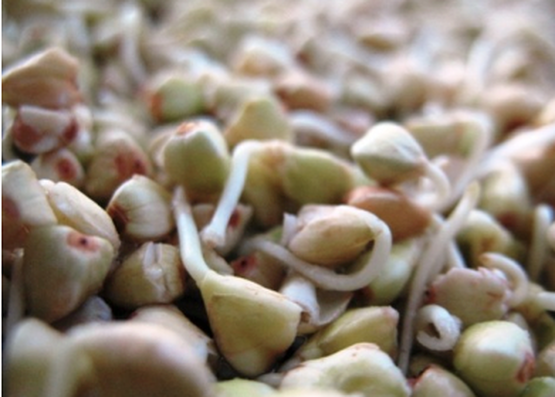
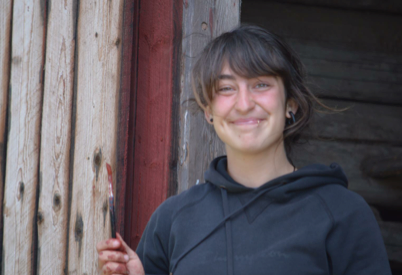
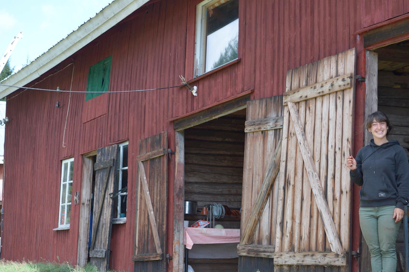
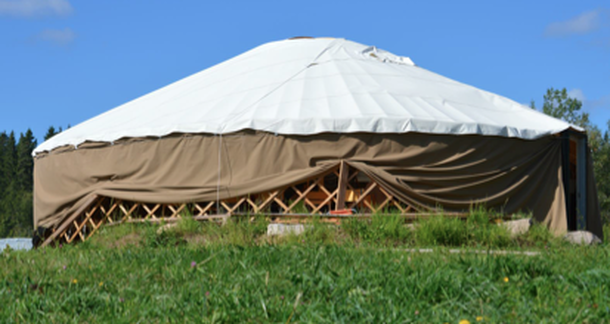

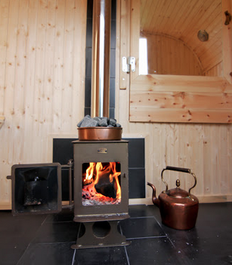
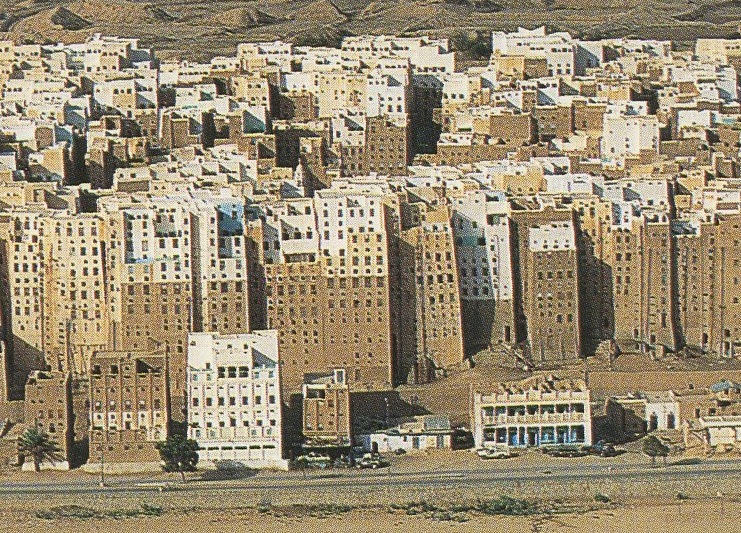
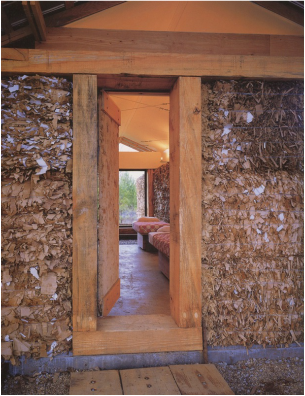
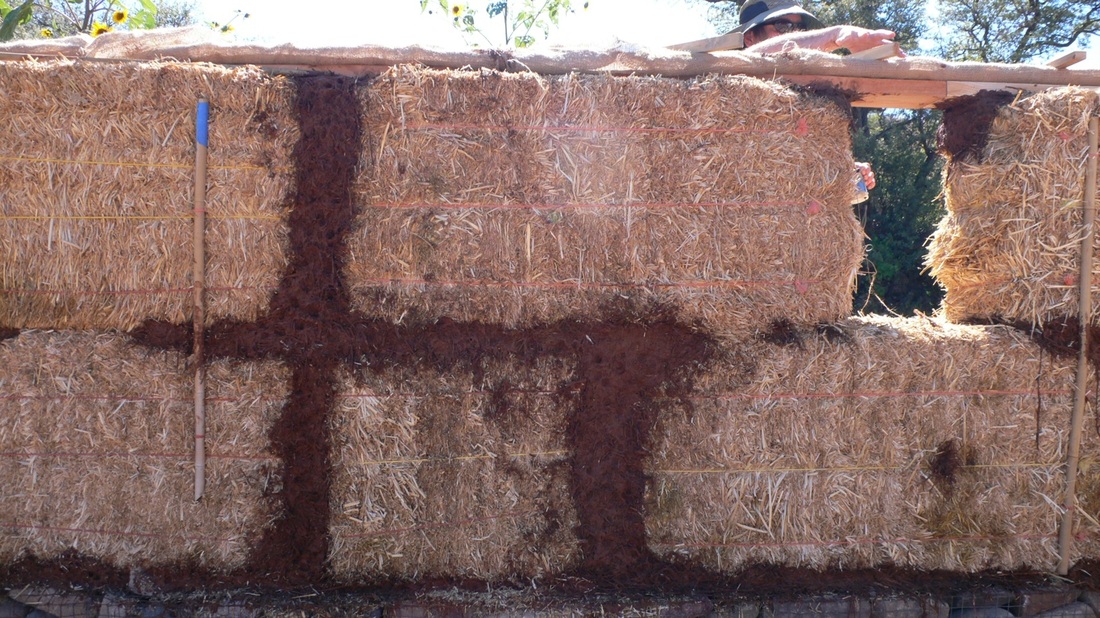
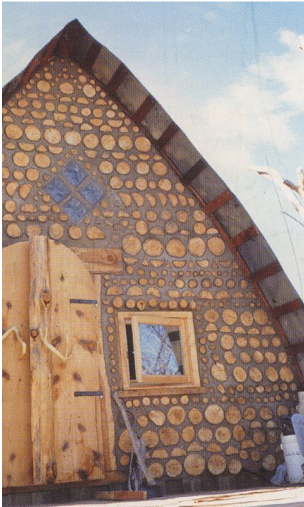
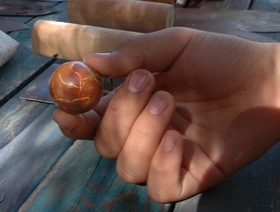
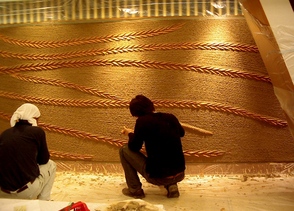

 RSS Feed
RSS Feed